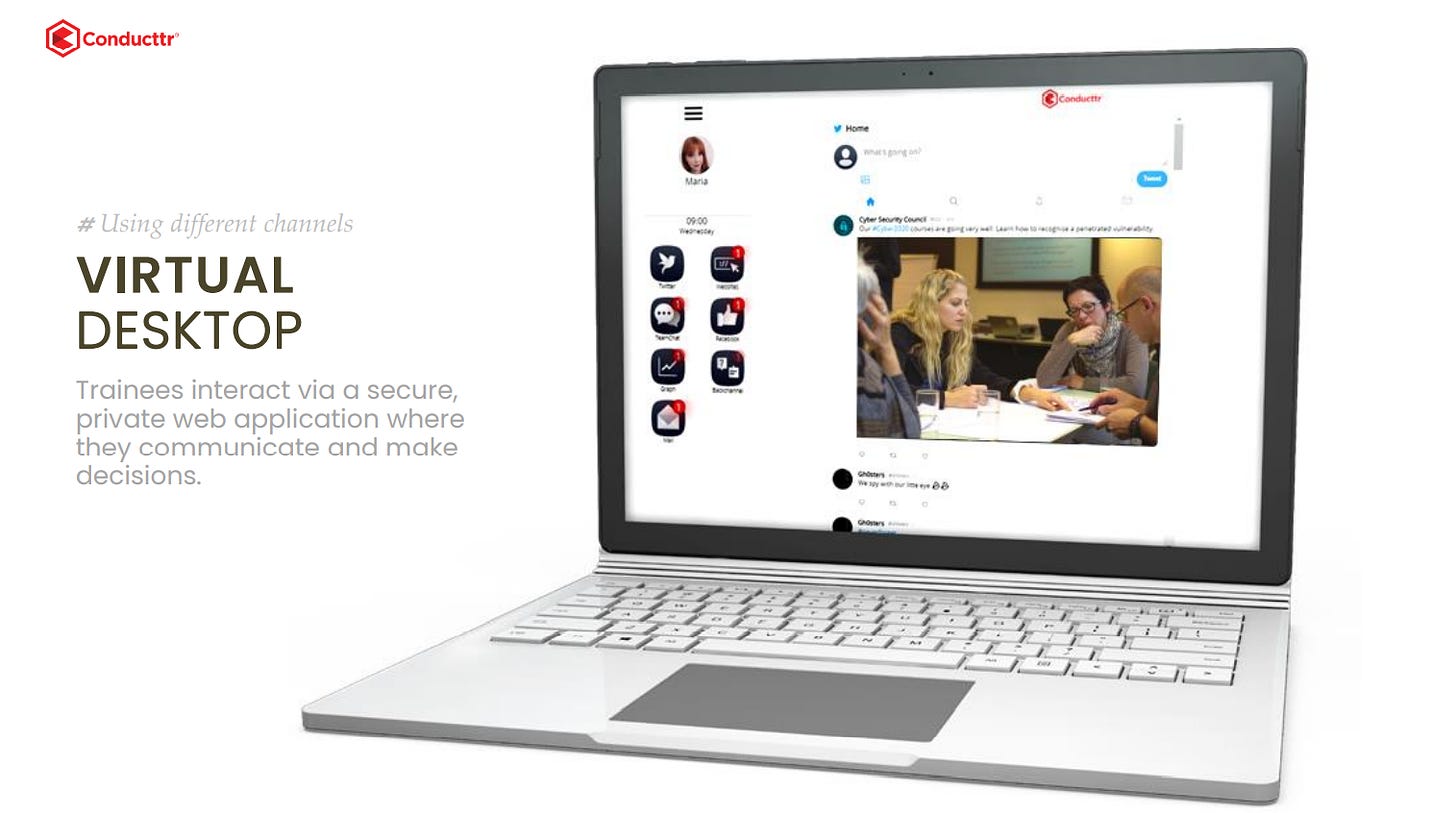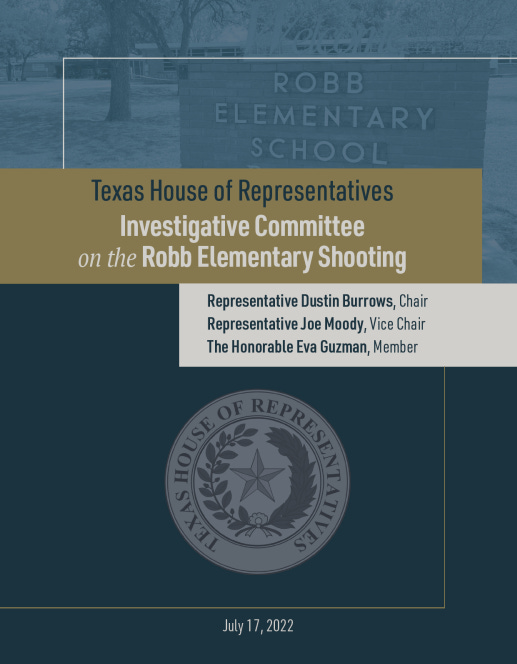Crisis testing needs to keep it real
Having a crisis communication plan is one thing, but to really be ready you need to have tested that plan. It is vital to know how it will work when placed under pressure. We write such plans in isolation, in our own teams and within our own businesses based on knowledge, experience and what we think will work best. But when put under pressure gaps, problems and further developments can become obvious.
There are many ways that you can test a plan from a discussion, running through a table top scenario or developing a simulation. All of them are valuable provided the learning is taken forward and the plan is revised.
Communication is often an after thought for exercises and crisis tests. Organisations become so focused on testing the operational elements that they add a cursory communication element in. My frustration has been that while it is good to have communication involved it cannot provide a real test for the crisis communication plan itself. This is why I have become licensed to use a crisis simulation software that can replicate the real world communicators will face.
The system provides an immersive simulation of the communication pressures that happen when a crisis emerges. It can be tailored to include external, internal and stakeholder communication and focuses on the processes and decision making that takes place. There are many ways it can be used from planning for a significant event through to testing an existing crisis communication plan. Bespoke scenarios are developed to ensure the maximum benefit from the investment of time. The simulations can run for as long as required from short 1 hour run throughs to full day long assessments.
If you would like to find out more about how it works and how it can support you just email amanda@amandacolemancomms.co.uk for an information leaflet.
Uvalde school interim report presents details of ‘systemic failures’
‘Systemic failures and egregiously poor decision making’ was the conclusion from an interim report into the Uvalde school shooting. The Texas House of Representatives Investigative Committee Report on the Robb Elementary Shooting was published this week.
One of the most shocking sentences in the report for someone who worked for 20 years in police communication is this “law enforcement responders failed to adhere to their active shooter training, and they failed to prioritize saving the lives of innocent victims over their own safety.”
Communication also had failings. The report states “nobody ensured that responders making key decisions inside the building received information that students and teachers had survived the initial burst of gunfire, were trapped in Rooms 111 and 112, and had called out for help”. It is important for anyone in emergency communication to have methods of sending vital information including that from social media to those making decisions.
In addition the incorrect information appears to have been due to second-hand reports being used and relied upon. The report states: “…statements repeated a false narrative that the entire incident lasted as little as forty minutes thanks to officers who rapidly devised a plan, stacked up, and neutralized the attacker. The general sentiments shared that day were that law enforcement responders were courageous in keeping the attacker pinned down while children were evacuated.” It concluded that there was an expectation that law enforcement officials would be careful to focus only on verified facts.
I have to agree with this line on the communication response “The results of the information issues surrounding the shooting are wide ranging and will be felt for a long time to come.” Also “Uvalde itself has paid a terrible price as it has waited for the truth and waded through the shaky narrative given instead.”
Other key findings were:
Robb Elementary did not ‘adequately prepare for the risk of an armed intruder on campus’
there was ‘a regrettable culture of noncompliance by school personnel’ who breached security arrangements including by propping doors open
there had been a number of security alerts that had reduced people’s vigilance
the police chief was among initial responders but failed to hand over incident command creating a void of leadership
private individuals were the ones who had concerns about the attacker who had no criminal record and had not come to the attention of authorities
The report starts and ends with details of those who lost their lives in the shooting and it is a report that has to be read and understood by emergency communicators so that changes can be made. To read the full report click here.
World PR Day
There were lots of positive comments and examples of where PR and communication has made a difference to lives on World PR Day. The event took place on Saturday 16 July. The theme for this second World PR Day was ‘truth, trust and transparency’. If you search on social media you can read the comments or find out more from organisations that took part including the Global Media Alliance.
In Brief:
Interesting update from the Information Commissioner’s Office in the UK that has called for a review into the use of channels such as WhatsApp and other messaging apps. There is concern such channels have ‘systemic risks’ and information could be lost. Find out more here.
There appear to be further problems on the horizon for Ferrero after the problem that led to a significant product recall over Easter had been identified in December. Find out more on Retail Detail website.
The latest news consumption in the UK report has shown young people are using social media and the BBC is no longer among the top sources. Find out more about the Ofcom report here.
It has been an interesting week in the UK with temperatures topping 40 degrees in some places. I outlined some of the thoughts about communication and preparedness in a blog. Find it here.
Diary Dates:
27 July - Amanda is running the recently launched How to make better decisions webinar for the PRCA. Find out more here.
28 July - If you need an overview of crisis response and management, Amanda will provide a 90 minute run through of the key issues on the PRCA crisis management webinar. Find out more here.
Amanda will be speaking at this year’s Emergency Services Show in September. Find out more here.




